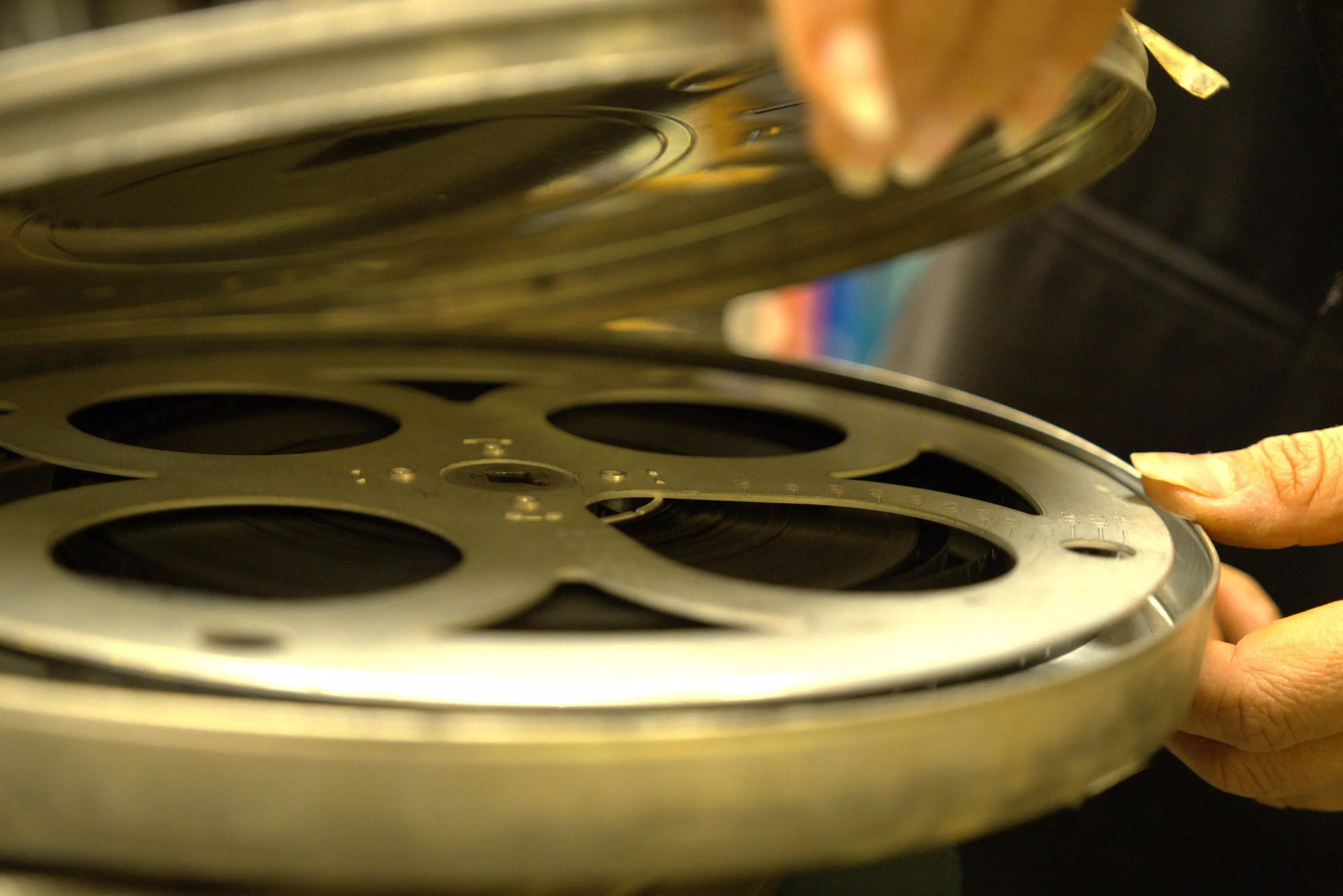One year ahead of our 200th anniversary, we’re asking for help uncovering the contents of mystery film reels hidden in our archive.
A reel mystery
Our archivists have been trawling through storage rooms to dig out artefacts to mark 200 years since Sir Stamford Raffles founded the organisation but among books and old uniforms, the staff discovered over 200 film reels.
These reels may provide an insight into days gone by but has created a mystery for our historians. While most of the films are labelled with a cryptic name or some description, 20 of the reels have no labels at all, giving no clue as to the history they may hold.
Other labels indicate footage of Chi Chi the Panda, behavioural research of Congo the Chimpanzee and other scientific studies – giving a glimpse into different eras of the charity’s past.
Tina Campanella, ZSL’s Bicentenary Project Manager, stated, “Delving into 200 years of history is no small task, and we’ve uncovered some fascinating artefacts—like a 1930s ostrich egg and polar bear-shaped soap souvenirs—but these films remain a ‘reel’ mystery.”
Connecting people with wildlife... through film
We’ve got a long history in wildlife broadcasting, notably through its role in kickstarting Sir David Attenborough’s career. The renowned broadcaster never planned to be in front of the camera, but when the Zoo’s Curator fell ill while filming BBC's Zoo Quest, Sir David stepped up to the mark. Later, ZSL formed a groundbreaking partnership with Granada Television, introducing beloved TV presenter Desmond Morris to British audiences.
Tina concludes, “With just one year to go until our 200th anniversary, we’d love to find out what’s on these mystery reels. We have absolutely no idea what historical secrets they may hold – if any at all – so if someone out there is as intrigued as we are, and would like to help, please get in touch!”
Dr Miles Kempton, a historian at the University of Cambridge, who is researching ZSL’s history ahead of its 200th anniversary said, “We think most of these reels come from the 1950s and 60s, the decades that saw the birth of natural history television, spearheaded by the Zoological Society of London’s groundbreaking work with the BBC and ITV.”
No time to waste
Some of the films are showing signs of vinegar syndrome, where the films become brittle and shrink and emit a vinegar-like odour. So, they are eager to act swiftly before the valuable information they possess slips away forever.
Miles adds, “These reels could hold some exciting snippets from the early days of wildlife broadcasting, and if they are not digitised soon, their contents may be lost forever.”
Are you a film enthusiasts or history buffs, if you could help identify the content of these mystery films. Anyone who can help us uncover the ‘reel’ mystery, contact us via the History Hive.
